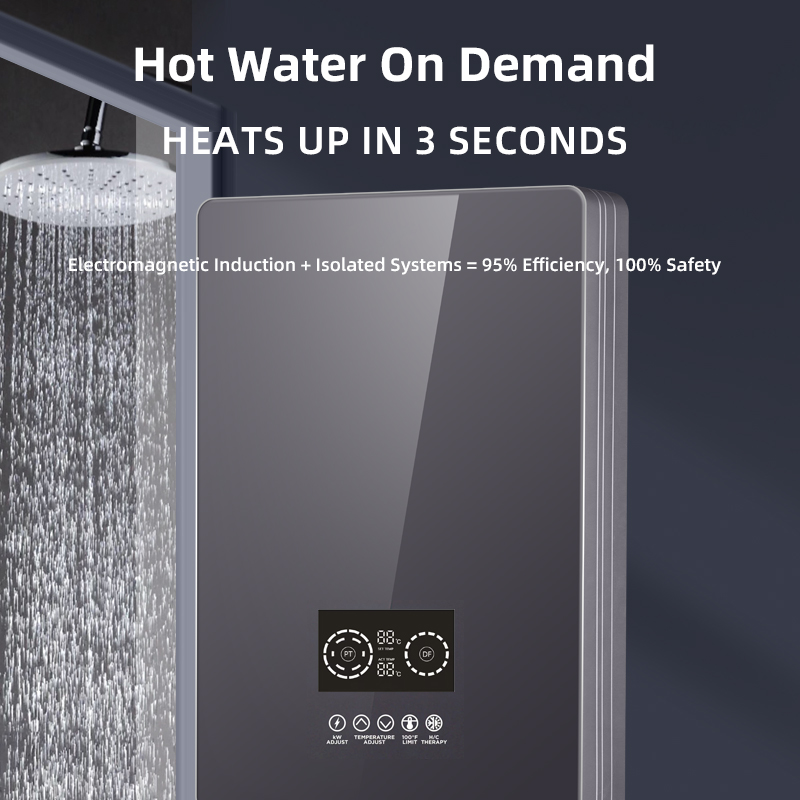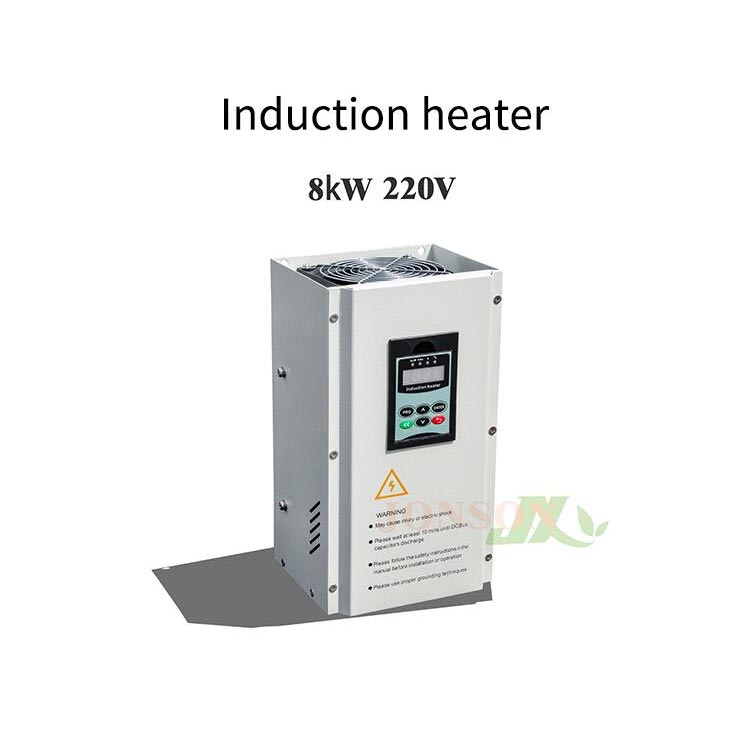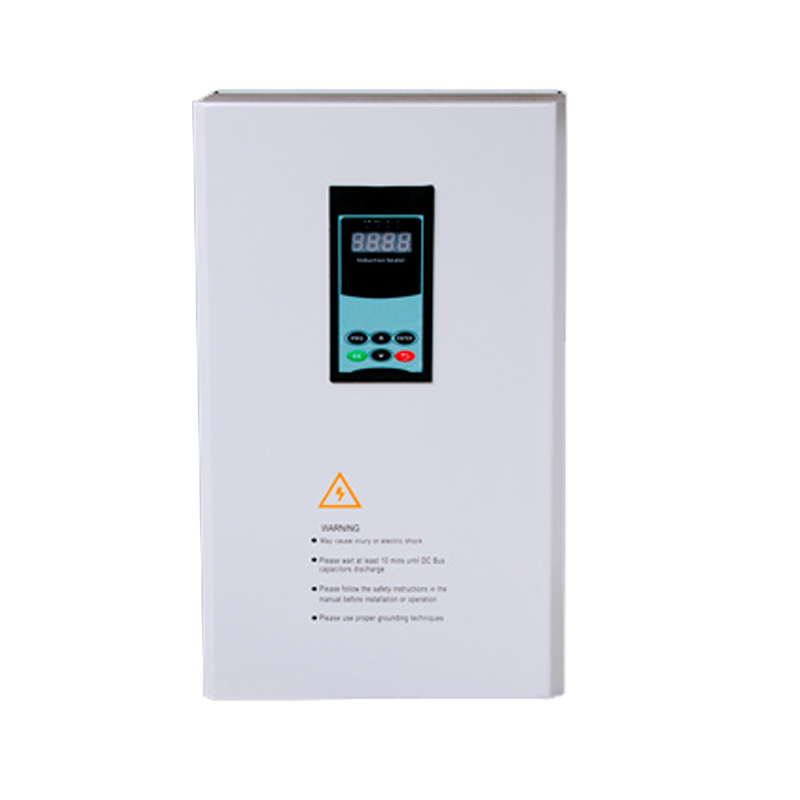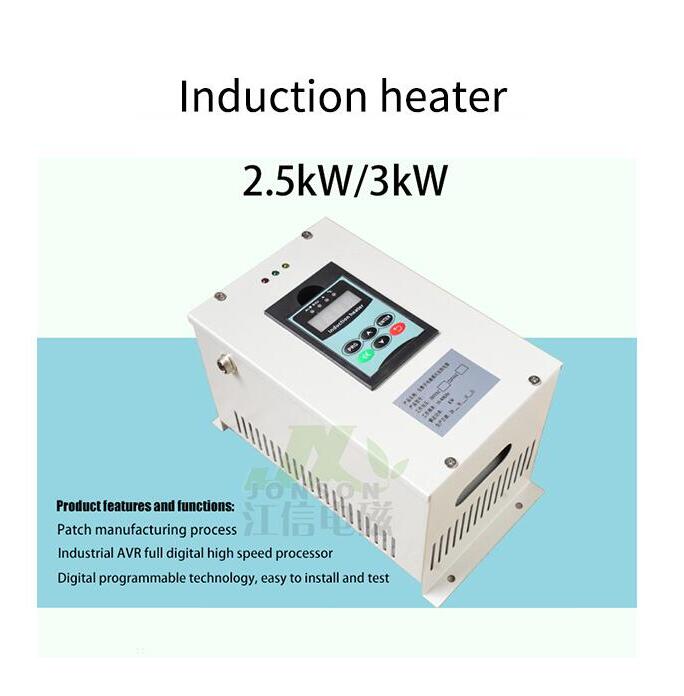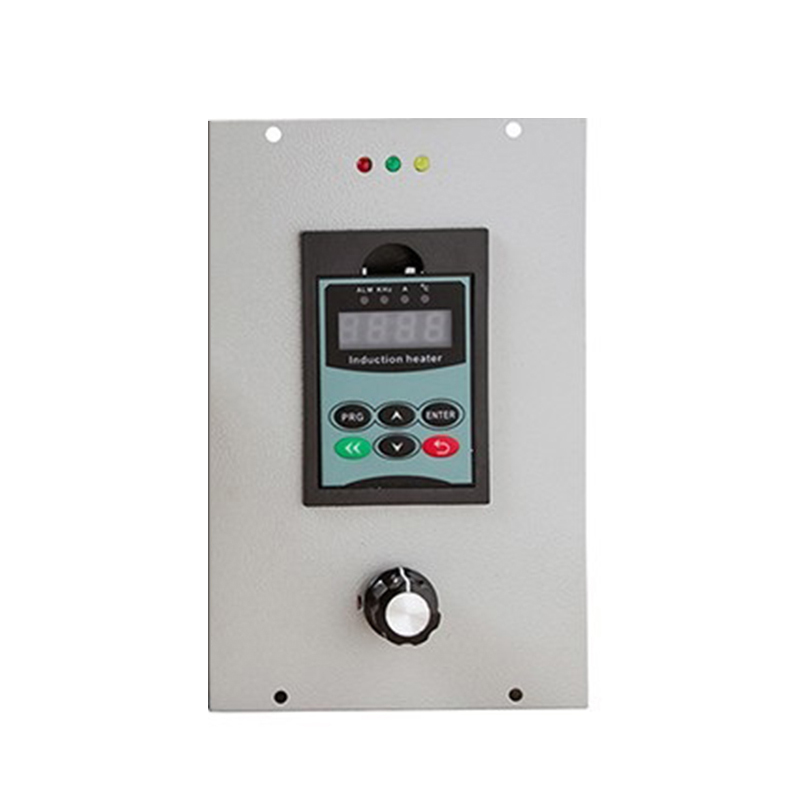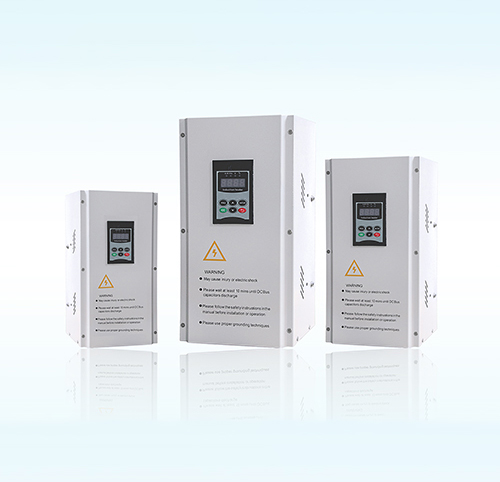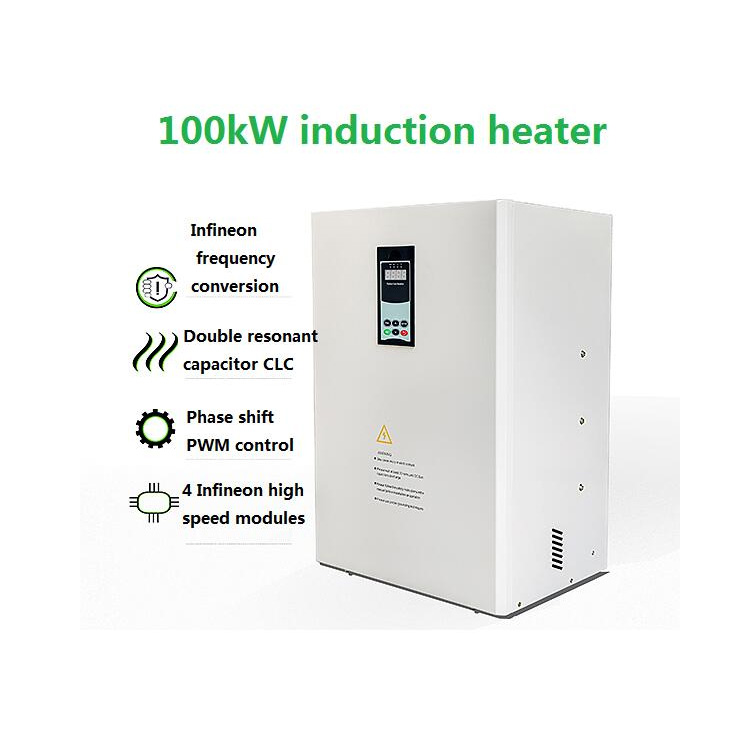From Resistance Coils to Induction Heating — A Revolution in Plastic Machinery Efficiency
In the plastics processing industry, energy consumption is one of the key issues for companies. Whether it's an extrusion, injection or granulation production line, heating systems are one of the most energy-intensive in the plant. As the traditional resistance heating process matures, the cost is low, but its inefficient energy utilization and high heat loss have gradually become a bottleneck restricting the development of enterprises.
Now, with the maturity and popularization of electromagnetic induction heating technology, the heating mode of molding machine is experiencing a real "efficiency revolution".
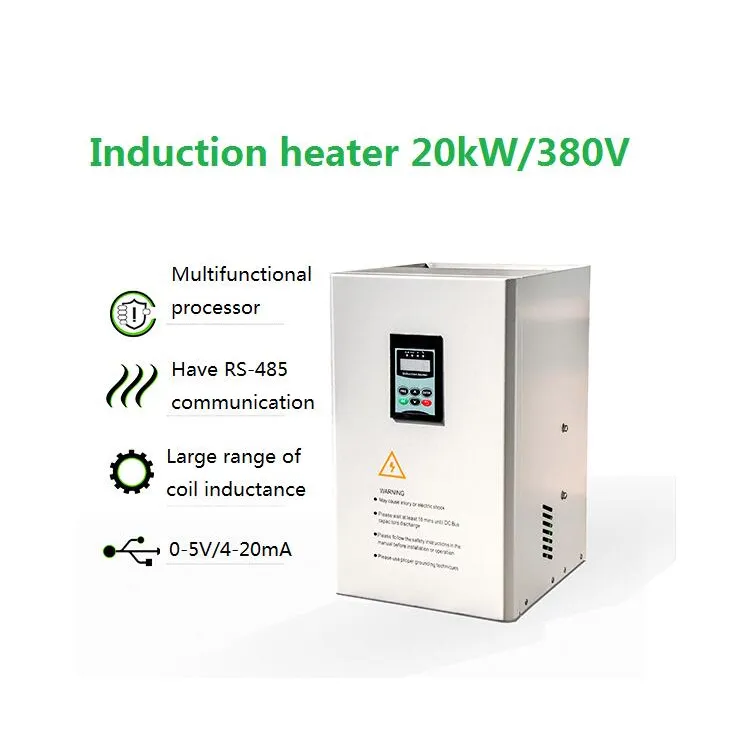
1、 The limitations of traditional resistance heating
Over the past few decades, molding machines have used resistance wires, ceramic rings, or heating rings of aluminum cast to transfer heat by "contact heating". But this method has an energy efficiency flaw.
1. Poor energy conversion efficiency.
Resistive heating requires the conversion of electrical energy into thermal energy and the transfer through the heating ring to the cylinder. However, the thermal conduction path is long and inefficient, and the actual thermal energy utilization is only 60-70%.
2. Heat loss is large
The external temperature of the heating circle is high, and the heat dissipation is excessive, which not only wastes energy, but also causes the temperature of the workplace to rise, which places a burden on the air conditioning and cooling system.
3. Heat is slow and response is slow
Low resistance heating rate, slow temperature control and high temperature variation can lead to unevenness in the melting of plastics and affect product quality.
4. High maintenance cost.
Long-term high-temperature work in the heating circle is easy to age, burn out, frequent replacement, increase maintenance cost and downtime.
As a result, many firms have fallen into a vicious cycle of high electricity costs and low productivity, while optimizing materials and labor costs.
Two, the principle and breakthrough of electromagnetic heating.
The principle of electromagnetic heating is that the current of the high week wave generates a magnetic field in the heating coil, and the inner wall of the metal cylinder itself induces heat generation. Unlike conventional external heating, it can be heated "from inside to outside".
The mechanism can be summarized as follows.
The current flows through the coil, generating alternating magnetic fields;
The alternating magnetic field excites the induced current in the metal cylinder;
Inductive current (eddy current) flows through the metal layer of the cylinder to generate heat and directly heat the cylinder body.
This method achieves an energy conversion efficiency of more than 90% and fundamentally overturns the energy transfer pattern of conventional electrical resistance heating.
Increase efficiency: a win-win from energy consumption to production capacity.
The biggest advantage of electromagnetic heating is significantly increased energy efficiency and production stability. In the molding machine industry, changing the electromagnetic heating can achieve the following effects:
Energy savings of 30 to 60 percent.
Since heat energy is generated directly inside the metal tube, heat loss is greatly reduced, and the overall energy saving rate is more than 30%, and the high-temperature equipment is more than 60%.
The temperature rose two to three times
Electromagnetic heating can reach the set temperature in a few minutes, which significantly reduces equipment preheating time and improves start-up efficiency and production rhythm.
Temperature control becomes more accurate.
When combined with the PID intelligent temperature control system, temperature fluctuations can be kept within ±1 ° c, making the melt more stable and the product more consistent.
Reducing cooling energy.
The low electromagnetic heated housing temperature significantly reduces the environmental temperature in the field, reducing the power consumption of the cooling system and further saving energy.
More durable and safer equipment.
Induction heating is a contactless structure that allows the coil to withstand no direct high temperatures, which can extend its service life by more than three times, as well as multiple protection functions such as overtemperature and overcurrent.
Practical application: data witnessing the energy saving revolution
Taking a 75mm plastic extruder as an example, the original 36kw resistance heating system was adopted. After the renovation of 30kw electromagnetic heating, the actual operating effect was as follows:
The heating time is reduced from 50 minutes to 20 minutes.
On average, it saves 42 percent.
Surface temperature: from 120 degrees to below 50 degrees;
Product stability: improved melt uniformity, reduced waste rate.
Economic return: save electricity cost of 50,000 yuan per year and recover remodeling cost within 6 months.
These data show that electromagnetic heating is not only an energy saving device, but also an important link to improve the energy efficiency of the molding machine.
Fifth, future trend: the combination of intelligent and green manufacturing
With the promotion of the "double carbon target" and the rise in energy prices, electromagnetic heating has become the mainstream direction of energy-saving transformation of plastic machinery. In the future, this will be achieved through deep integration with iot and smart control systems.
Real-time monitoring of energy consumption.
Smart temperature control;
Diagnosis and remote warning;
It is numerical and energy saving management.
Through intelligent electromagnetic heating system, the enterprise can comprehensively control the operation status of the equipment, reduce energy consumption, improve the product rate, and achieve the green production target of "energy saving, saving, improving quality and improving efficiency".
Six. in the end
From traditional electrical resistance heating to modern electromagnetic heating is a milestone in the energy efficiency revolution of the plastic industry.
This is not only a technology upgrade, but also a shift in production philosophy. From "energy production" to "efficient production".
For any plastic machinery enterprise pursuing energy saving and quality, electromagnetic heating technology has become an irreversable development trend.
Not only has it changed the way we heat it, but it has also changed the energy efficiency of the entire industry.



